
| Recorded by: Jim Petranka on 2023-09-20
Yancey Co.
Comment: A reared adult from a Ribes sp.; larvae collected on Aug. 21 and three adults emerged on Sept 20, 2023. | 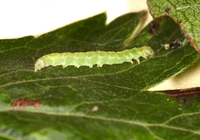
| Recorded by: Jim Petranka and Becky Elkin on 2023-08-21
Yancey Co.
Comment: One of several larvae that were feeding on a Ribes; larvae collected on Aug. 21 and three adults emerged on Sept 20, 2023 (see companion photo of an adult). |
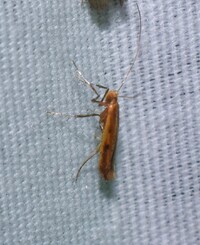
| Recorded by: David George, Stephen Dunn, Jeff Niznik, Rich Teper, Becky Watkins on 2023-07-29
Swain Co.
Comment: Specimen was taken at a lower elevation site (2,300-2,700') in a densely wooded mesic slope. No Ribes were observed on site. | 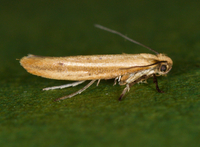
| Recorded by: Jim Petranka and Becky Elkin on 2022-09-14
Yancey Co.
Comment: A reared adult from Ribes (see companion photo of the larvae from 2022-08-17). |
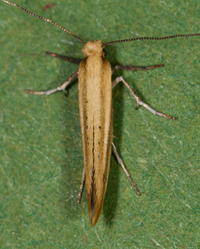
| Recorded by: Jim Petranka and Becky Elkin on 2022-09-14
Yancey Co.
Comment: A reared adult from Ribes (see companion photo of the larvae from 2022-08-17). | 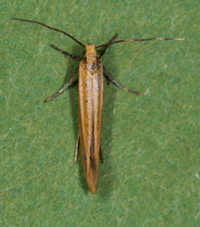
| Recorded by: Jim Petranka and Becky Elkin on 2022-09-14
Yancey Co.
Comment: A reared adult from Ribes (see companion photo of the larvae from 2022-08-17). |
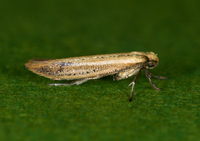
| Recorded by: Jim Petranka and Becky Elkin on 2022-09-14
Yancey Co.
Comment: A reared adult from Ribes (see companion photo of the larvae from 2022-08-17). | 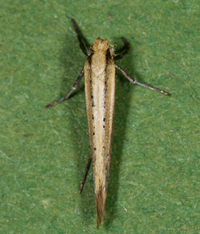
| Recorded by: Jim Petranka and Becky Elkin on 2022-09-14
Yancey Co.
Comment: A reared adult from Ribes (see companion photo of the larvae from 2022-08-17). |
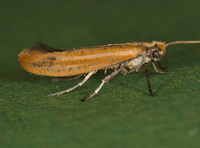
| Recorded by: Jim Petranka and Becky Elkin on 2022-09-14
Yancey Co.
Comment: A reared adult from Ribes (see companion photo of the larvae from 2022-08-17). | 
| Recorded by: Jim Petranka and Becky Elkin on 2022-08-17
Yancey Co.
Comment: Larvae were common on a Ribes sp.; early instars were light greenish white; older ones greenish; larvae fed beneath webbing where they skeletonized leaves. Four adults were reared and emerged on Sept. 14-15, 2022 (see companion photos). |

| Recorded by: Jim Petranka and Becky Elkin on 2022-08-17
Yancey Co.
Comment: Larvae were common on a Ribes sp.; early instars were light greenish white; older ones greenish; larvae fed beneath webbing where they skeletonized leaves. Four adults were reared and emerged on Sept. 14-15, 2022 (see companion photos). | 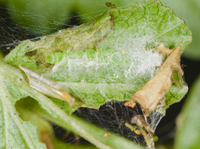
| Recorded by: Jim Petranka and Becky Elkin on 2022-08-17
Yancey Co.
Comment: A larva that was feeding on Ribes beneath a webbed shelter. |

| Recorded by: B. Scholtens and T. Smith on 2006-08-13
Swain Co.
Comment: BOLD specimen MNAA720-07; Creative Commons attributr. |

 »
»




 »
»


